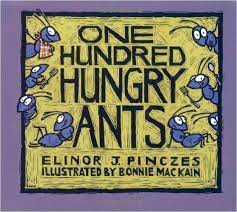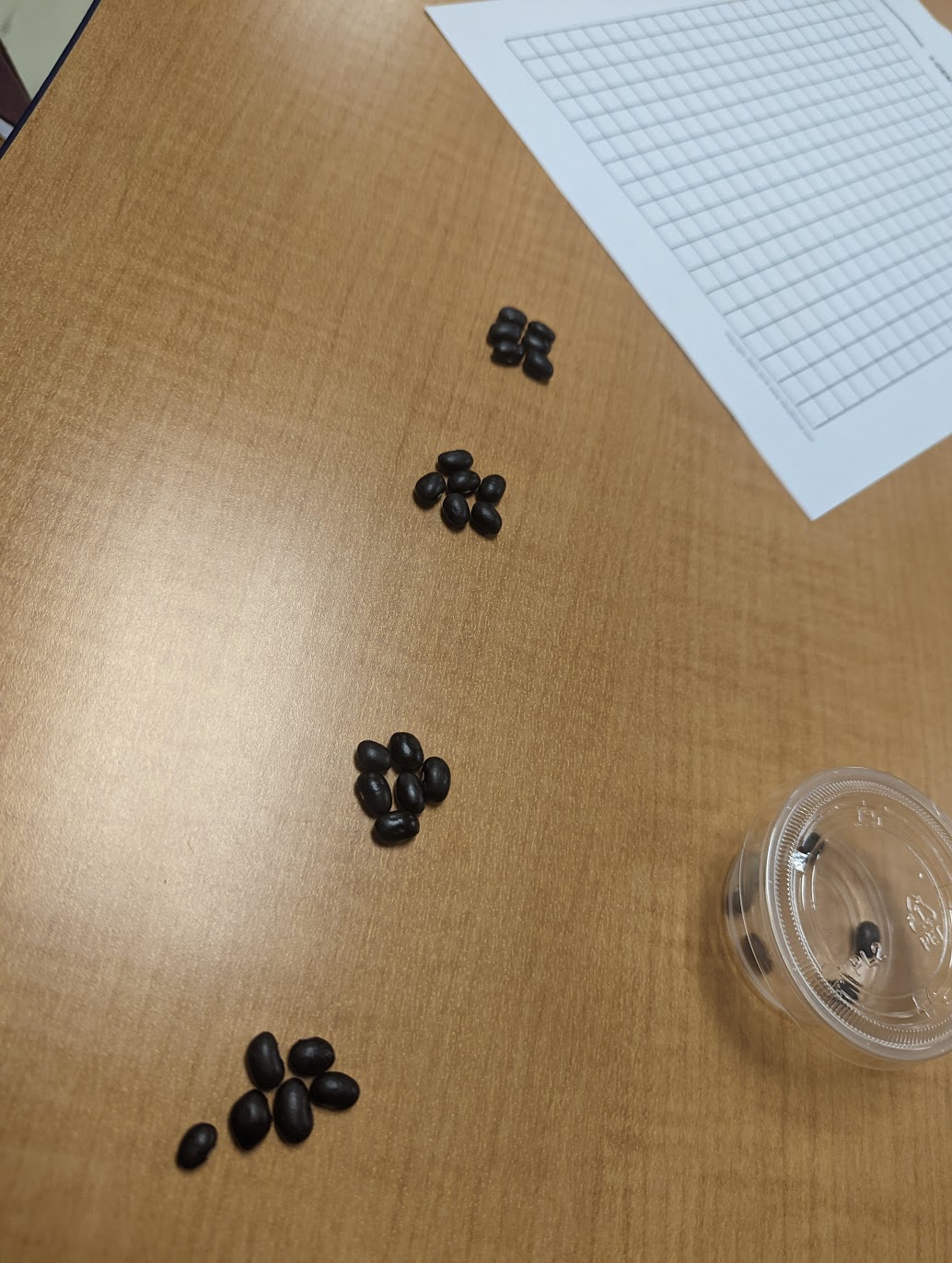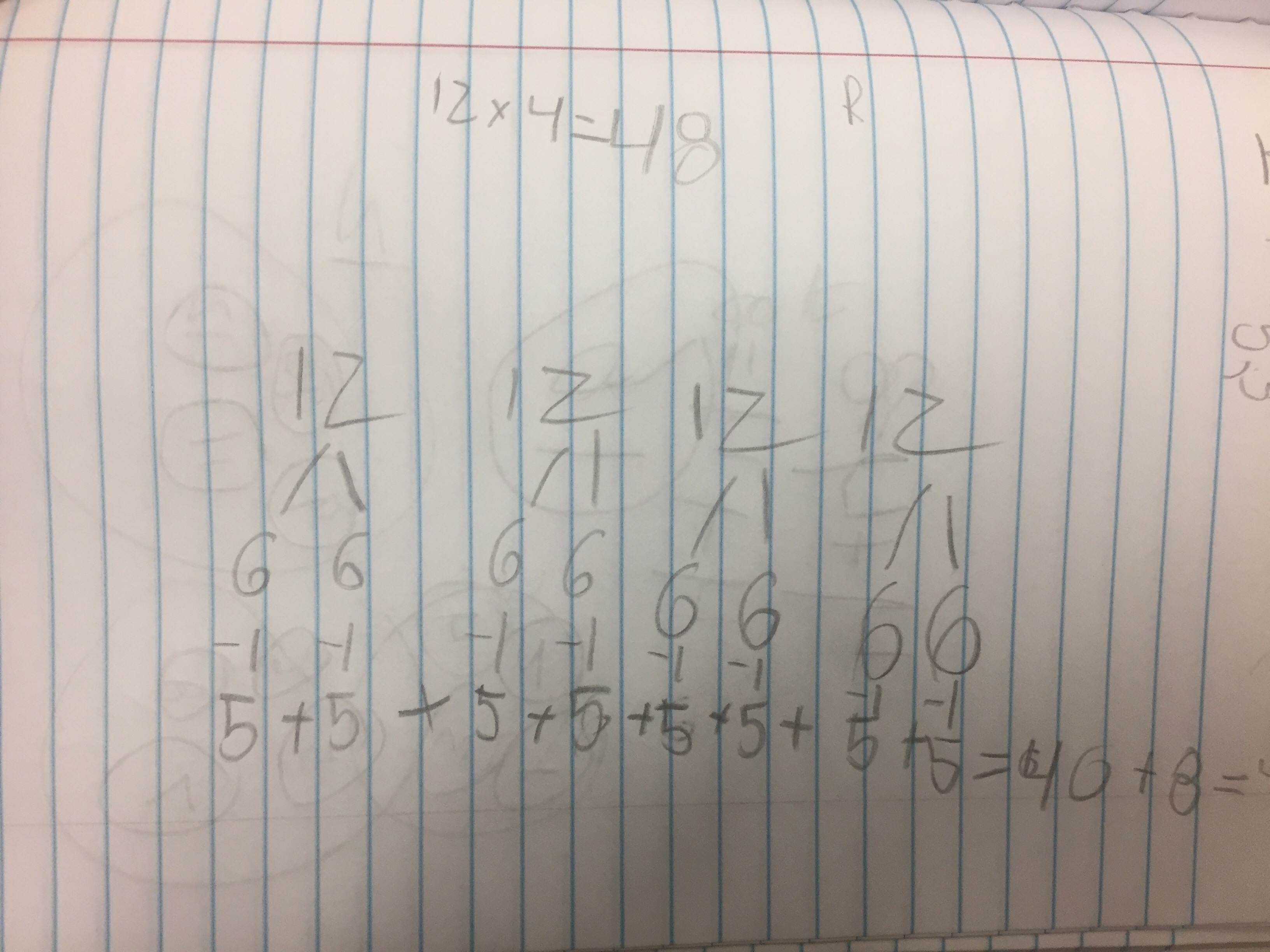This past week we planned for a 3rd grade lesson on arrays. The curriculum lesson goal was for students to build and describe arrays, in particular connecting the array structure to their understanding of multiplication as equal groups. The first activity in the lesson was written to encourage this connection, however having taught this lesson in previous years, we knew that the workbook examples could have come from students if we gave them the chance. Since we are always looking for ways to better amplify and leverage student thinking, we made some significant adaptations.
The original lesson
Learning goal: Build arrays with physical objects and describe them in terms of multiplication.


We decided that that the diagrams and questions in activity 1 (left image) would easily come from students’ prior understandings and experiences if we launched with a context that encouraged array thinking. Once we did that, it was then about selecting which problems in activity 2 (right image) we wanted to use. We figured we could do that on the fly depending on student work and our timing.
Adaptations
New Learning Goal: Make connections between multiplication as equal groups and arrays.
We read 100 Hungry Ants to open the lesson and asked students to mathematize the situation in a notice and wonder.


The notice and wonder elicited all the ways the ants rearranged themselves which was the perfect launchpad into the activity.
Each student had a cup of 30 ‘ants’ (beans) and a sheet of graph paper if they wanted to use it. We asked them to organize the ants into 4 groups of 6 and then captured pictures of student work to share and connect. They did not disappoint! They built the same images and made the exact connections as Activity 1, however in this version, students got to decide on the arrangement based on their understandings and experiences.




We first shared a picture of discrete groups next to an array and asked how they were the same/different and where the 4 and 6 were in each. Then, we shared arrays with 4 rows of 6 and 6 rows of 4 and discussed the same questions.
At this point we could have used Activity 2 problems, but decided that since they already have 24 counted out we could save time counting out a new set by just asking them to arrange the 24 ants in a different way. We wrapped up the lesson by asking students to write multiplication equations they used today when arranging 24 ants. It was a beautiful lesson.
Takeaways
While this is one really specific example of adapting, there are some general instructional ideas that work like this makes me think more about:
- When using a new curriculum, teaching the lessons as is the first year is extremely helpful in making productive adaptations. Having experienced the math goal in action and understanding what students did with the lesson activities was invaluable in adapting to better center students and their ideas.
- When we plan for lessons, we not only need to understand the content, goal, and lesson flow, we also need to look for places in the lesson where students are bringing their ideas and understandings to the table, especially when we are asking them to make new connections between concepts and representations. Side note: This is one of my favorite papers on students practicing connections.
- Unsurprisingly, students are so much more motivated to look for similarities and differences between their own work than a workbook example. The more we can do this, the better!
- Mathematizing children’s literature is such an incredibly engaging and powerful way to elicit and discuss math ideas. While this book is overtly mathematical, students still noticed things about the storyline and illustrations that showed wonderful sense making around the context. If you want to learn more about mathematizing, Allison and Tony wrote a beautiful book about mathematical read alouds with underpinnings, examples, and structures.
-Kristin
*If you are on Twitter (I can’t call it X yet), join me and others in sharing lesson ideas and learnings like this: https://x.com/LeahBaron03/status/1710305997472797074?s=20




























































